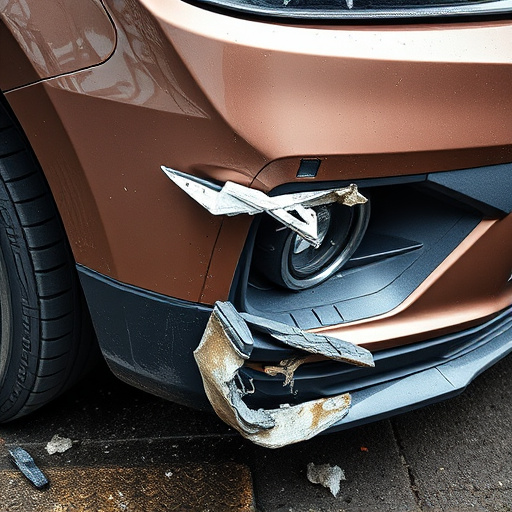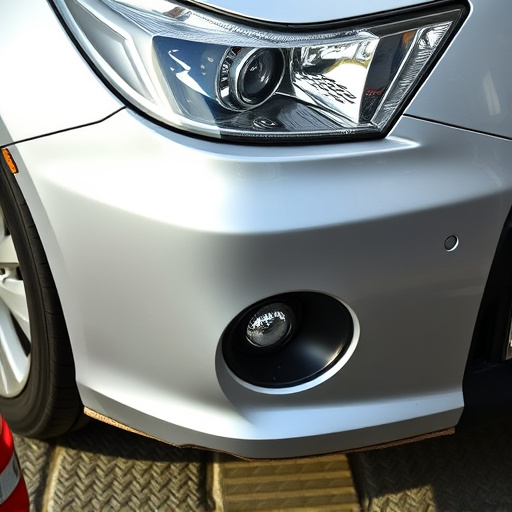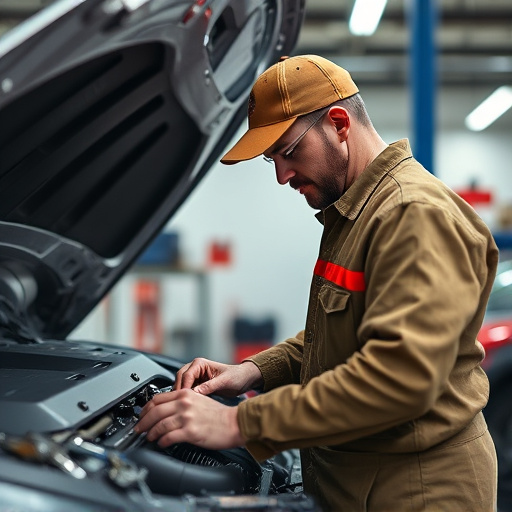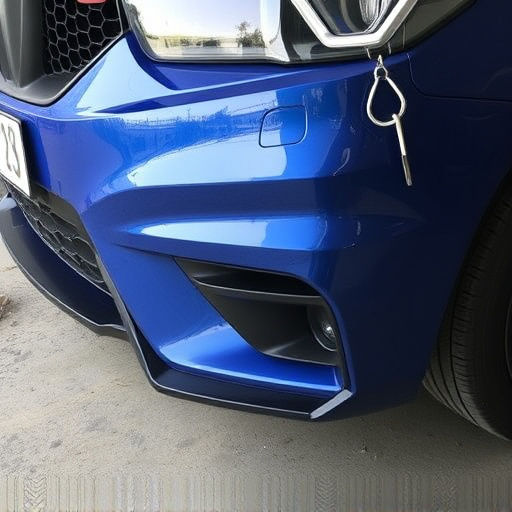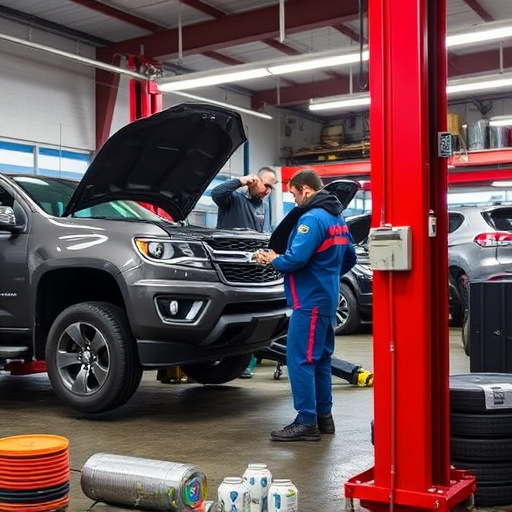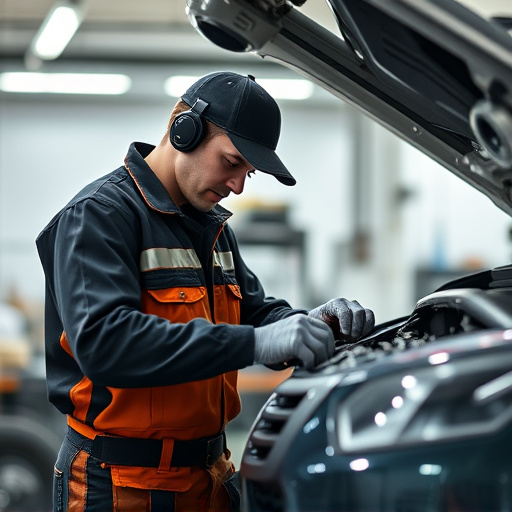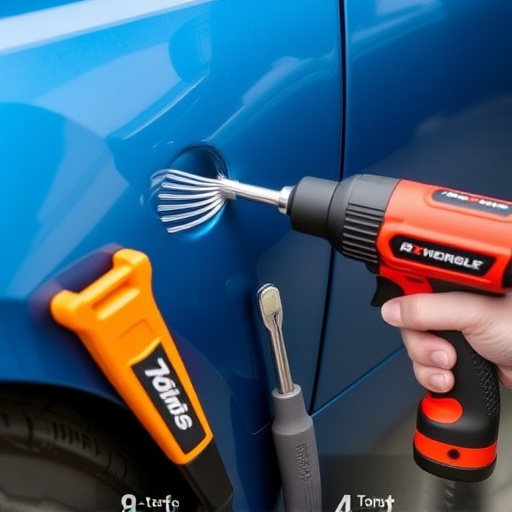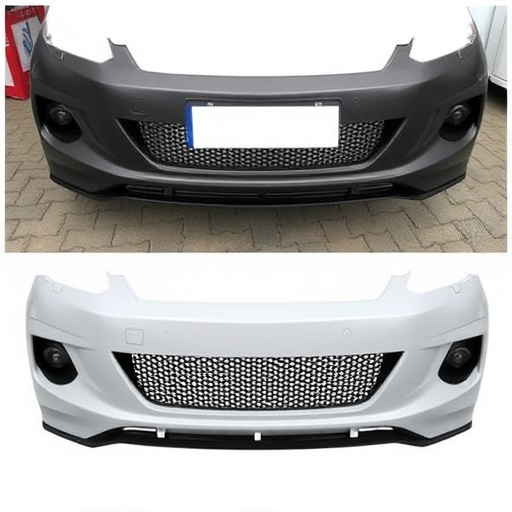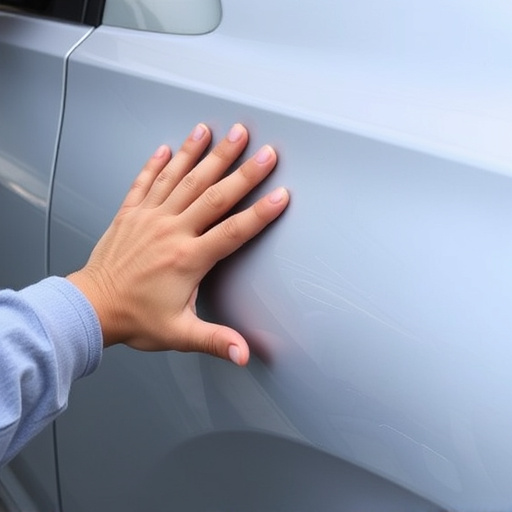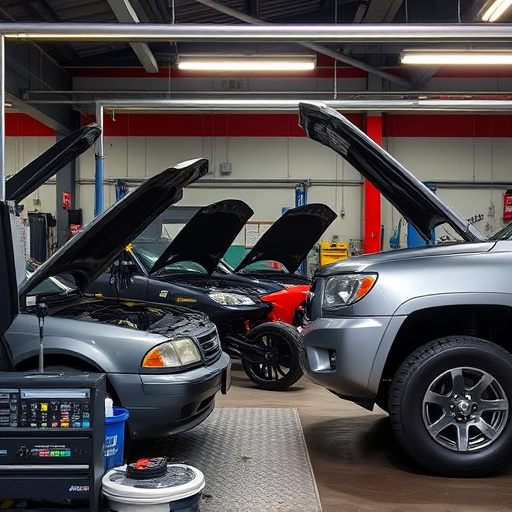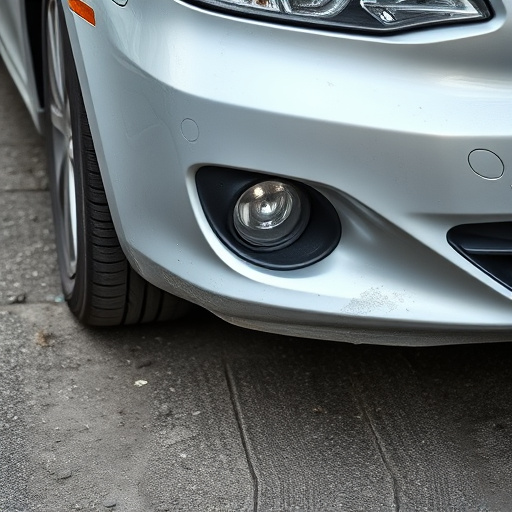Seam sealers, from rubber-based for cosmetic fixes to polyurethane/epoxy for harsh conditions, are crucial for vehicle maintenance. They strengthen structural joints, prevent water intrusion, corrosion, and rust, enhancing both visual appeal and longevity of repairs. Seam sealing offers a protective barrier against environmental damage, ensuring vehicles' aesthetic value and structural integrity.
Seam sealers are versatile tools in the repair game, but their effectiveness varies based on damage types. This article guides you through understanding and selecting the right seam sealer for structural versus cosmetic repairs. For structural damage, learn why a strong, flexible sealer is essential to prevent further issues. Explore cosmetic applications where seamless sealing enhances aesthetics without addressing underlying problems. Discover the key differences between sealers to make informed decisions for your specific needs.
- Understanding Seam Sealer Types for Different Repairs
- Structural Damage: When and Why to Use Seam Sealer
- Cosmetic Fixes: Enhancing Aesthetics with Seam Sealing
Understanding Seam Sealer Types for Different Repairs

Seam sealers come in various types designed for specific purposes, making them indispensable tools for both structural and cosmetic repairs. When it comes to fixing car dents or tire services, a flexible, rubber-based seam sealer is often the go-to choice. Its elasticity allows it to conform to uneven surfaces, ensuring a secure bond that can withstand the rigors of everyday driving. This type of sealer is ideal for quick fixes and maintaining the aesthetic appeal of your vehicle’s exterior.
For structural repairs, especially in areas exposed to harsh elements, a more robust solution is required. Here, a polyurethane or epoxy-based seam sealer excels due to its superior strength and resistance to chemicals, UV rays, and moisture. These sealers create a durable barrier that not only prevents further damage but also enhances the overall structural integrity of the repaired area, making them essential for car repair services aiming at longevity and reliability.
Structural Damage: When and Why to Use Seam Sealer

Structural damage to a vehicle—whether it’s a dented fender, a cracked bumper, or a loose panel—requires more than just cosmetic repairs. While touch-ups and paint jobs can make a damaged area look presentable, they won’t address the underlying issues that could compromise the structural integrity of the vehicle. This is where a seam sealer becomes essential. Seam sealers are specifically designed to fill and strengthen joints, seams, and gaps in automotive bodies, providing long-lasting protection against water intrusion, corrosion, and further damage.
In a vehicle body shop setting, especially during bumper repair or car restoration projects, using the right seam sealer can make all the difference. It helps ensure that repairs are not only visually appealing but also structurally sound. By sealing seams effectively, it prevents rust from forming in hard-to-reach areas and protects against environmental elements that could weaken repairs over time. For instance, when repairing a dented bumper, applying a high-quality seam sealer after the paint has dried creates a robust bond, enhancing the strength of the repair and extending its lifespan.
Cosmetic Fixes: Enhancing Aesthetics with Seam Sealing

When it comes to cosmetic fixes, seam sealing is a powerful tool for enhancing the aesthetics of various surfaces, including those in automotive industries. This technique involves applying a special adhesive or sealant to join and fill gaps between materials, creating a seamless finish. For car owners seeking top-notch car paint services, seamless repair is a game-changer. It can effectively hide minor imperfections like dents or scratches, giving the vehicle a restored, like-new look without extensive dent removal processes.
Seam sealing is not just about hiding damage; it also adds a layer of protection. The sealant creates a barrier against environmental factors, preventing further deterioration and ensuring the longevity of the repair. For car restoration enthusiasts, this process can be a valuable step in their meticulous projects, allowing them to achieve both structural integrity and visual appeal.
When deciding between structural and cosmetic repairs, selecting the appropriate seam sealer is key. Understanding the nuances of different sealer types allows for effective damage resolution, whether addressing structural integrity or simply enhancing aesthetics. By choosing the right seam sealer for each specific need, you ensure long-lasting results that stand up to various environmental factors. Incorporating seam sealing into your repair strategy offers a versatile and efficient solution for maintaining or restoring surfaces to their best possible condition.

